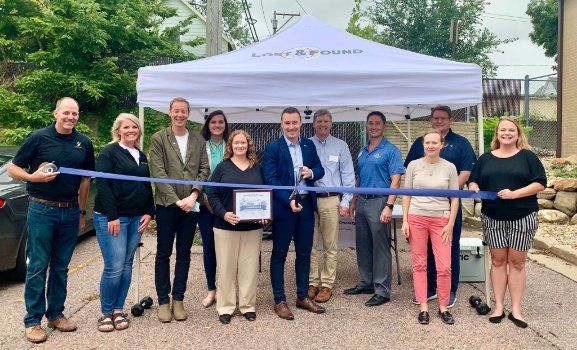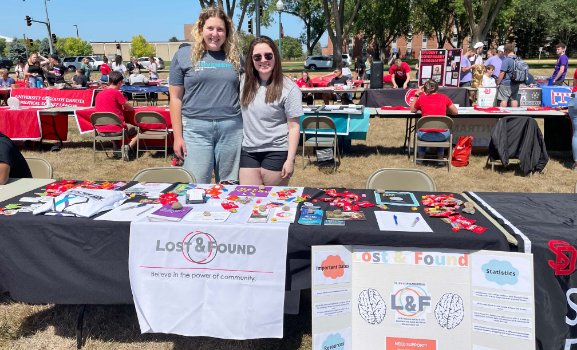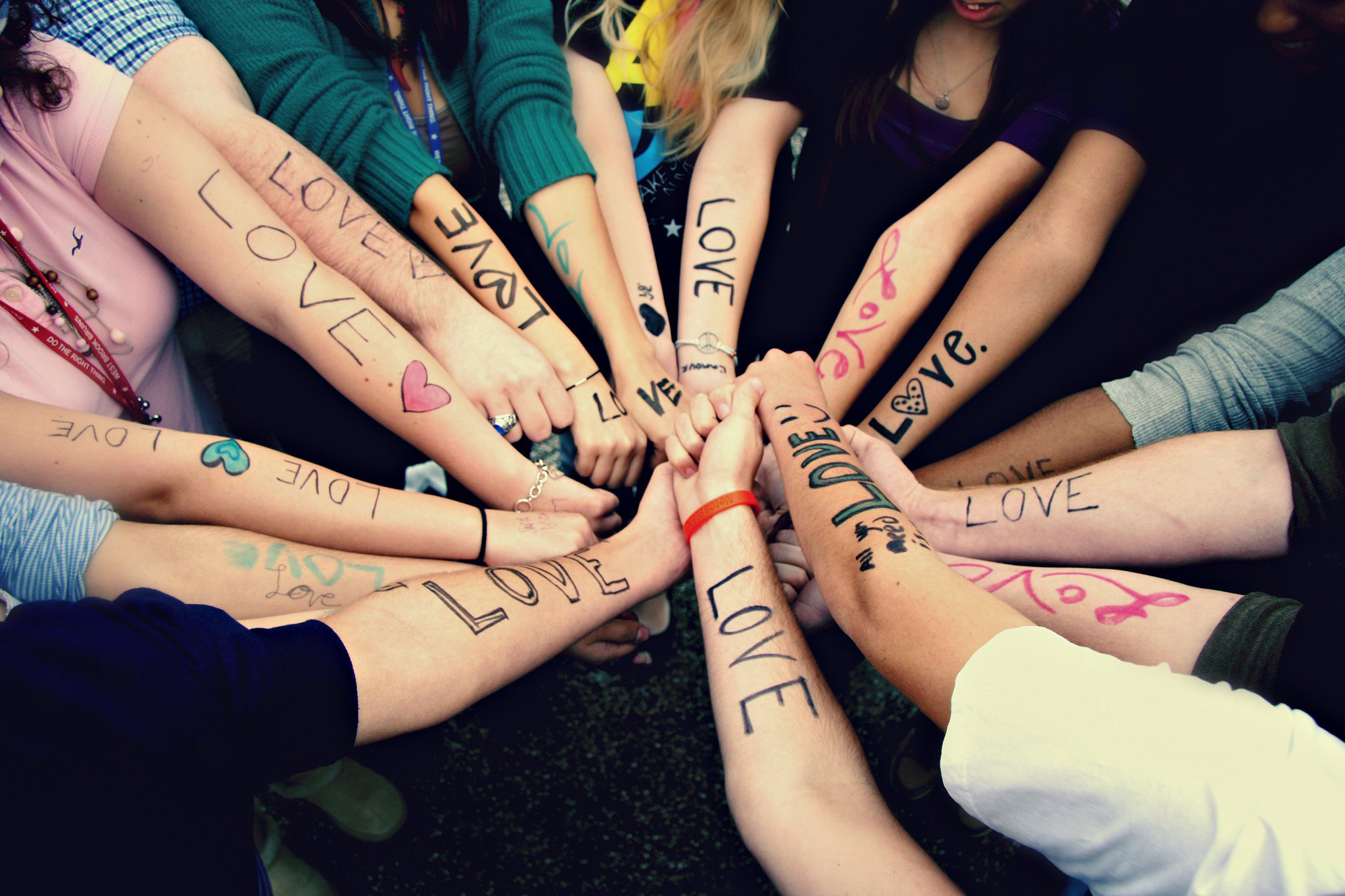
2009
A Facebook argument turns into an organized, online support group.
16-year-olds Dennis “DJ” Smith of Mitchell, South Dakota, and Kayla Roszkowski of Dearborn, Michigan, create a Facebook group titled “Doing more than writing ‘Love’ on my arm” to organize friends and peers to actively help people struggling with depression or suicide ideation. Over a year’s time, more than 3,600 people joined the group to complete four goals meant to reach someone suffering from depression or suicidal thoughts. (Photo credit: www.flickr.com/photos/jessicarone)
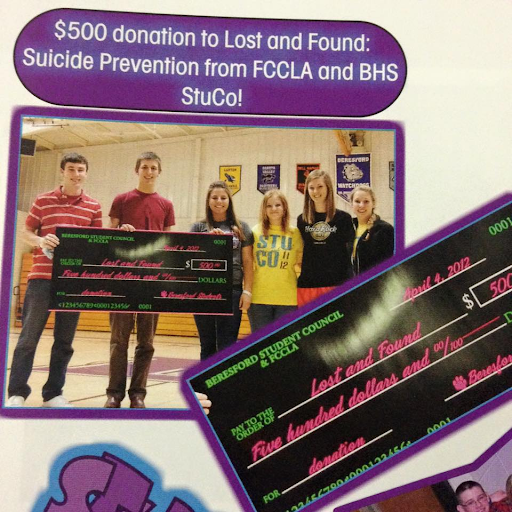
2010
Lost&Found is born as a student project.
DJ Smith engages Facebook group in organized “random acts of kindness” work and presents results at Family, Career, and Community Leaders of America (FCCLA) national conference in Chicago. On the way home, DJ assembles five high school students to form a South Dakota nonprofit organization with the legal name “The Lost and Found Association.”
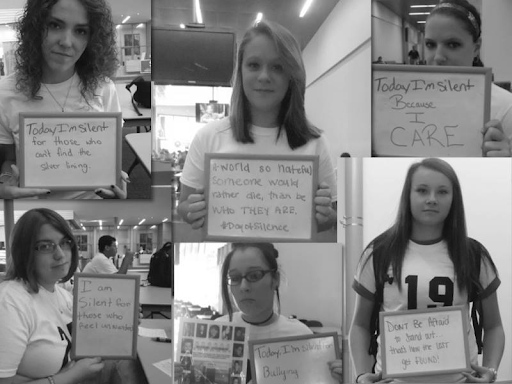
2011
Lost&Found goes to college and gets involved in a big way.
As the original board members start their college journey, Lost&Found discovers its greatest strength and foundation: helping college students find their voice and advocate for mental health services. The first Lost&Found chapter was born in 2011 at the University of South Dakota, with new chapters following shortly after at South Dakota State University and Dakota State University (Madison).
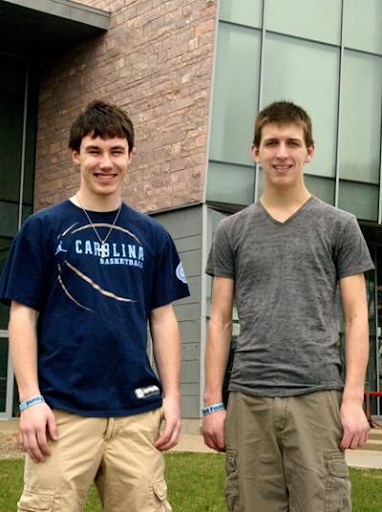
2014
Lost&Found transitions leadership while it builds up its campus support efforts.
Board President and co-founder DJ Smith passes the torch to co-founder and current Executive Director Erik Muckey. Lost&Found continues to focus its attention on growing campus mental health needs, creating new training and guidance for student chapters in South Dakota.

2016
Lost&Found becomes a recognized 501(c)3 tax-exempt organization.
A new generation of Lost&Found board leadership injects new life and energy into the organization and brings its suicide prevention efforts to a new level by becoming a 501(c)3 nonprofit organization. The changes set the stage for Lost&Found to increase its impact and become more active in supporting campus mental health partners.
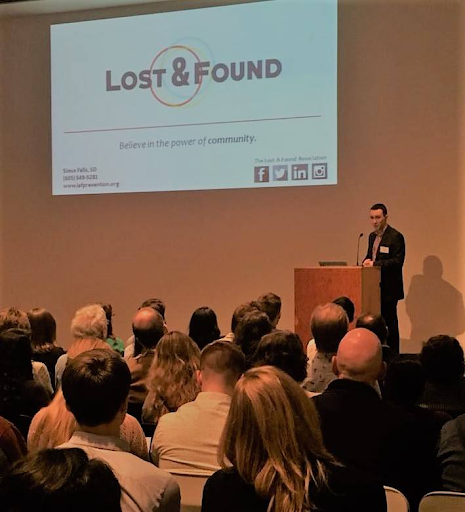
2017
Lost&Found sets its sights on a new vision for impact.
Erik Muckey brings Lost&Found to a Social Entrepreneurship graduate course at the University of Minnesota’s Humphrey School of Public Affairs to examine its program model. Discovering that “resilience” provides a more proactive, inclusive way to bring together students on the topic of mental health, Muckey sets a groundbreaking vision for Lost&Found while retaining the same principle: “doing more” to prevent suicide.
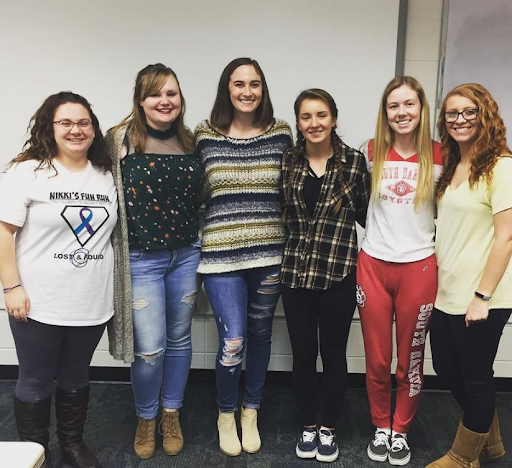
2018
Lost&Found finds new ways to engage students through support from new funders.
With a newfound vision for the organization, Lost&Found forms new chapters in its home city–Sioux Falls–and begins to grow its resource partnerships to better serve the needs of college students and campus counseling centers. Led by a fellowship funded by Bill and Susan Sands and the University of Minnesota’s Carlson School of Management, new funders and advisers support Lost&Found, resulting in the organization’s first staff.
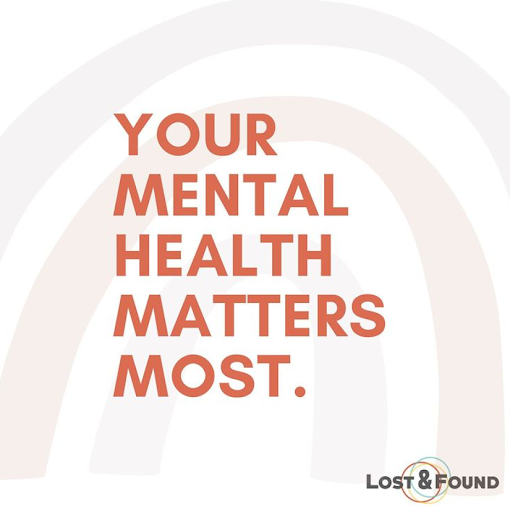
2020
COVID-19 creates new challenges and opportunities for mental health and suicide prevention.
The global pandemic comes to the northern Plains, shutting down campuses and amplifying an existing problem: growing mental health conditions and suicide ideation among young adults. In response, Lost&Found discovers new ways to reach young adults struggling with increasing mental health conditions through social media and video content, reaching more than 750,000 people and building new programs for the years to come.
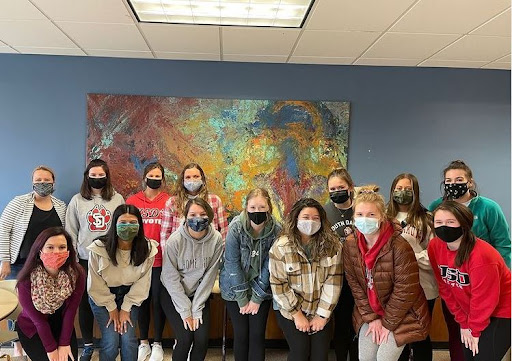
2021
Lost&Found “does more” than ever to prevent suicide by introducing new programs and support services.
New student programs are introduced–the Peer2Peer Mentorship Program and L&F Advocates–and new program divisions are formed to build on Lost&Found’s comprehensive mission. Beyond training student advocates and mentors, Lost&Found applies public health and evaluation services for mental health programs, as well as creating and delivering engaging, digital mental health content and education programs.
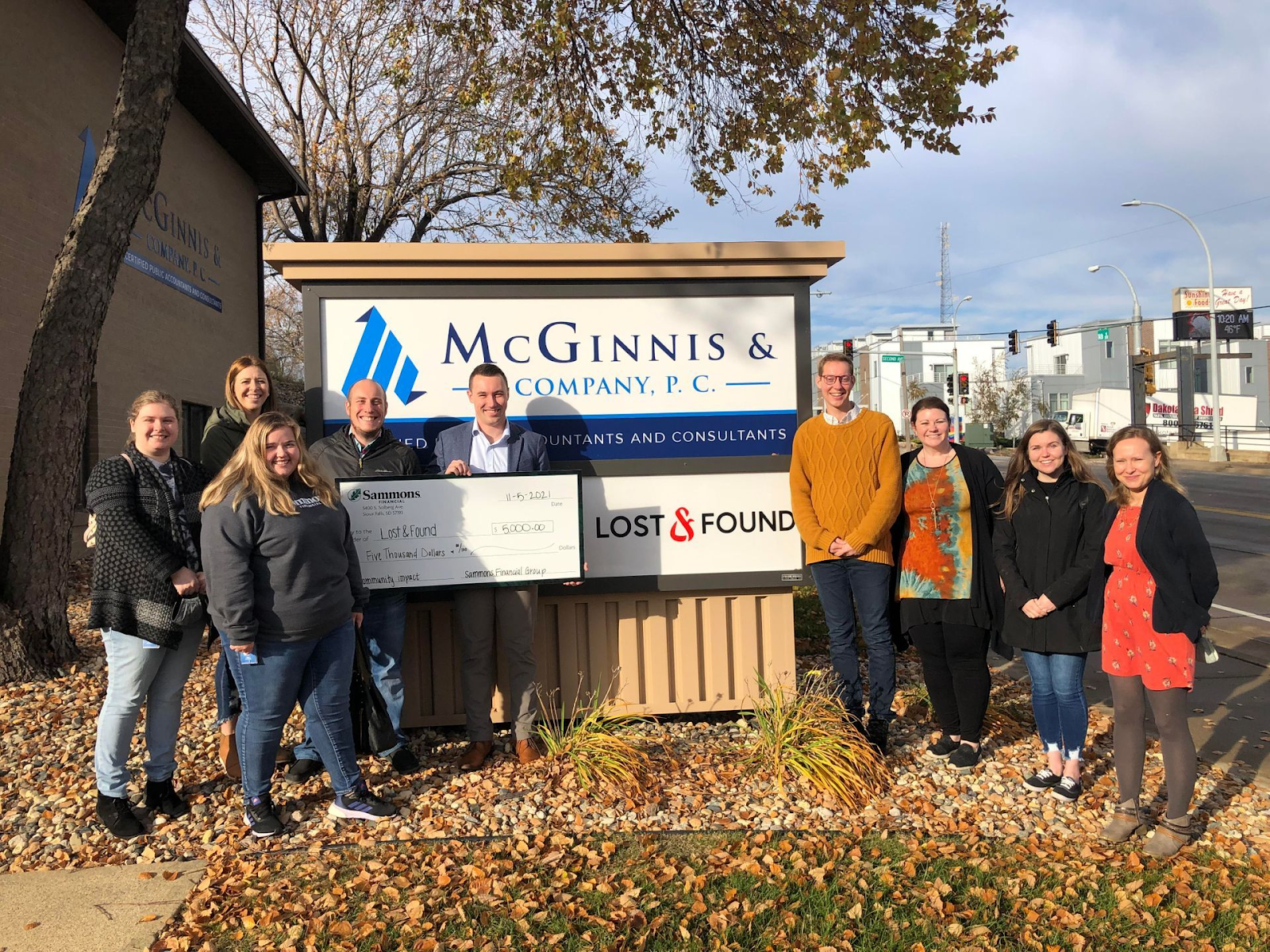
2022
Lost&Found is a comprehensive suicide prevention nonprofit serving young adults and their support networks.
Lost&Found reaches more than 2 million social media users annually with digital mental health content while partnering with 9 institutions of higher education and more than 100 mental health and community resource providers across two states. A team of over 10 staff and countless volunteers continue to respond to community needs and deliver impactful programs, research, and policies to put an end to suicide.

